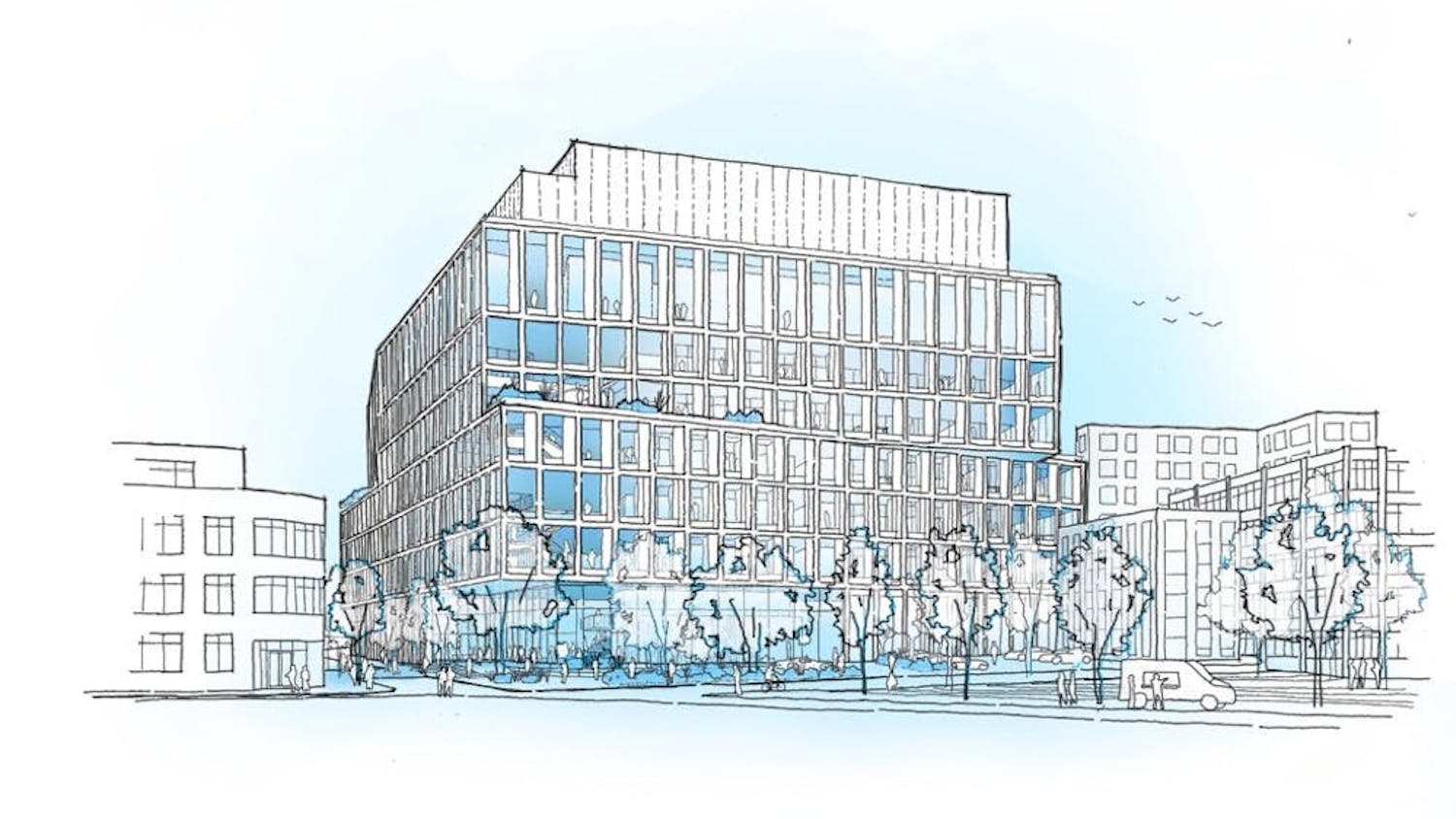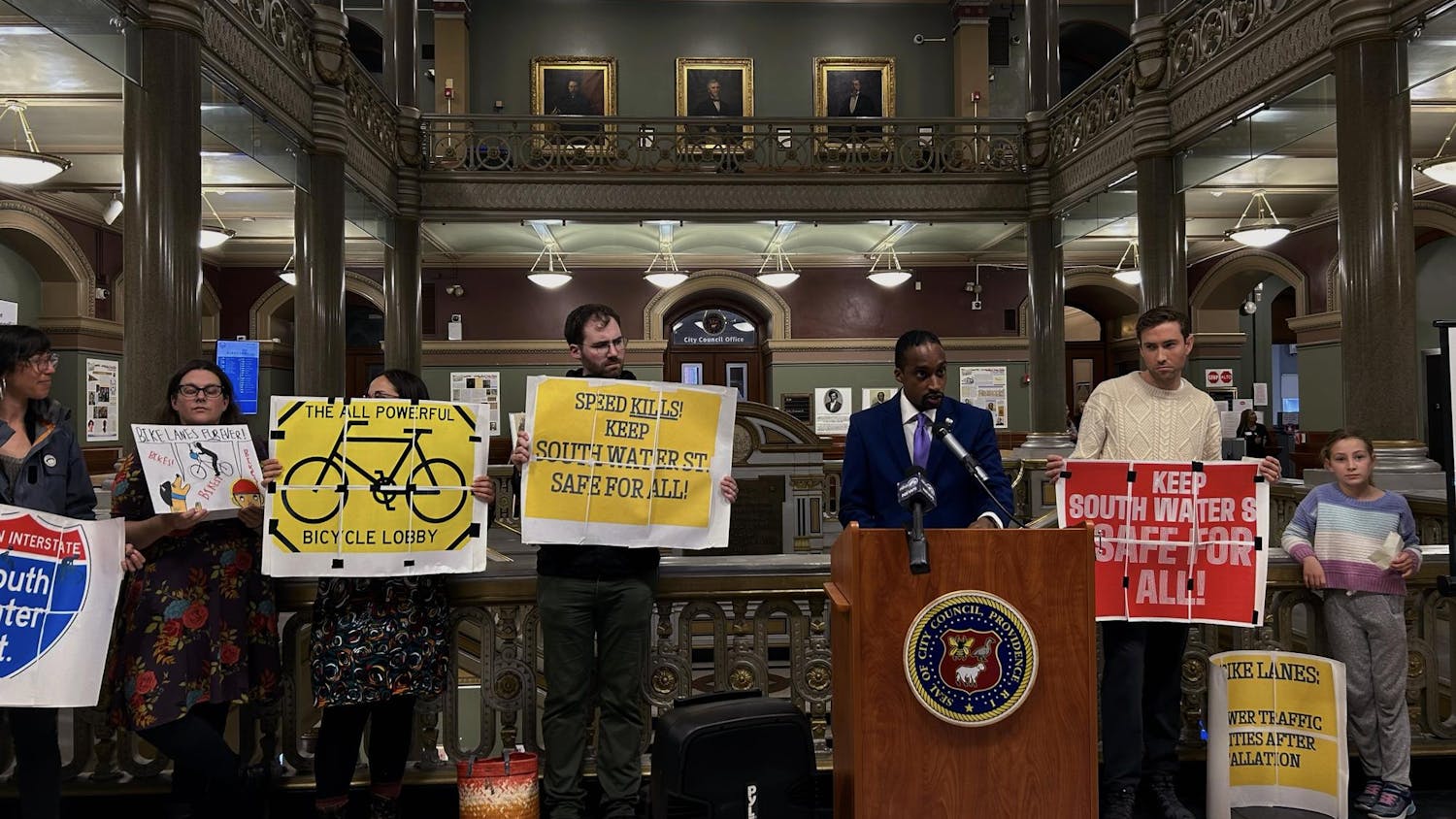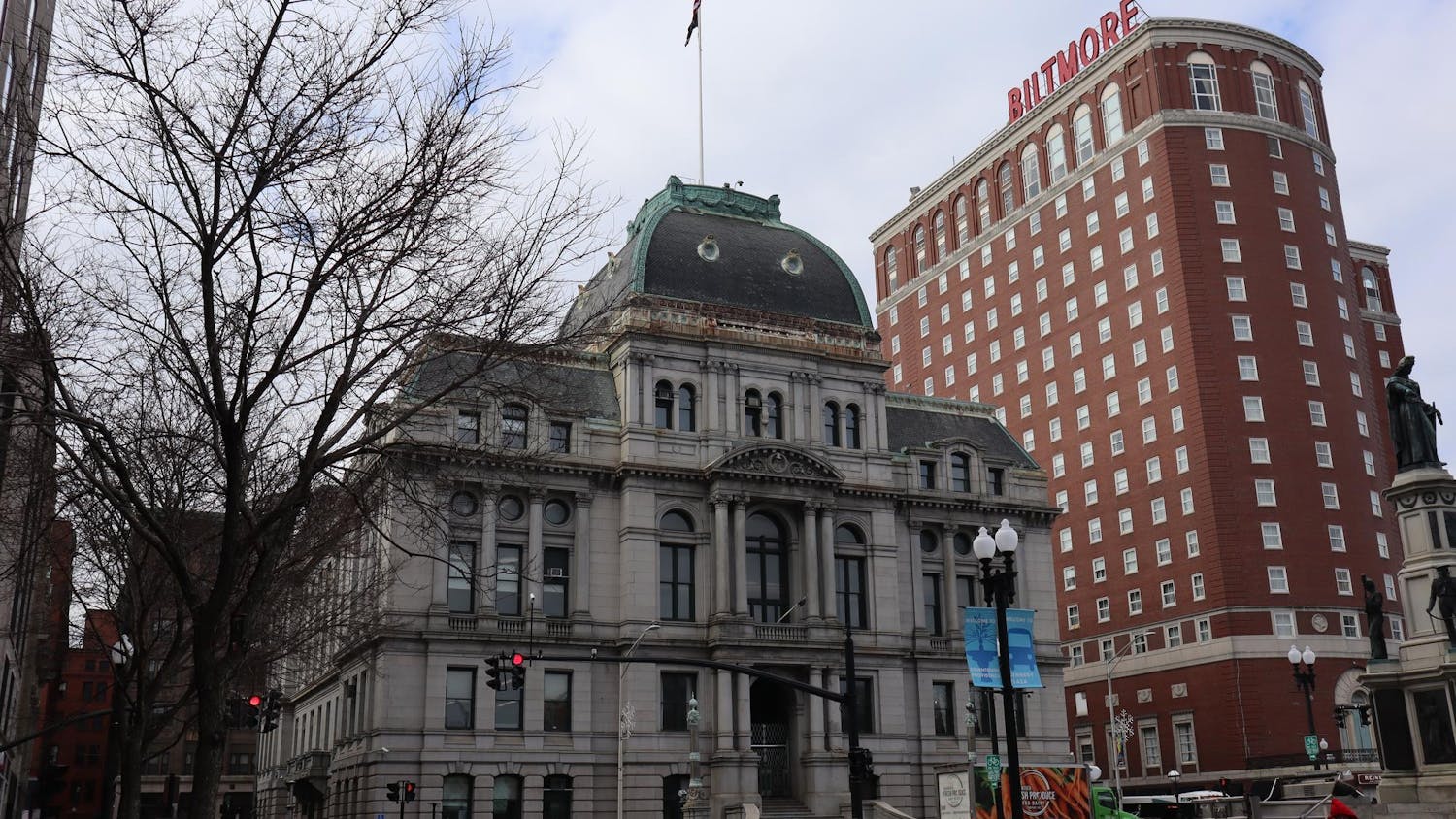Though activity on College Hill may have slowed during much of January as students enjoyed winter break, development of the I-195 land and surrounding Jewelry District area continued.
The I-195 Redevelopment District Commission formally selected real estate firm Jones Lang LaSalle to broker the land, finalized a developers’ toolkit and approved six art installations that will serve as interim use projects for the land. Progress was also made in preparing lease arrangements for the Dynamo House project — formerly the South Street Power Station — on which Brown is collaborating with the University of Rhode Island and Rhode Island College.
“The toolkit (approval) and the selection of the brokerage firm was our official launch into the marketplace,” said Colin Kane, the commission’s chairman. The recent developments represent the culmination of initiatives that have been slowly progressing for many months, he said.
On Jan. 13, the commission formally selected Jones Lang LaSalle to broker the I-195 land, referred to as the LINK.
The purpose of a brokerage firm is “to try and find people to buy the land,” said Arthur Salisbury, president of the Jewelry District Association. “Anyone who wants to buy the land will have to go through them,” he added.
“We went through a competitive process to select” Jones Lang LaSalle, Kane said, adding that the firm’s primary purposes are to expose the land to “a much wider audience” and to facilitate negotiations, “marrying the commission to developers.”
The developers’ toolkit, a 141-page document, is a long-term project that the commission formally approved Feb. 3. The toolkit is publicly available on the LINK’s recently developed website, which features pages explaining the land’s history, its current potential and the commission’s vision.
Kane described the toolkit as a “one-stop guidebook” for businesses interested in the I-195 land. The goal was to design a thorough yet engaging document that would describe the property and help outside investors unfamiliar with Providence get a sense of the land, Kane said.
There are a total of 18.81 acres currently available for sale, ranging in size from 2,345 to 209,190 square feet, according to the website. The average square footage of each parcel — subtracting 305,346 square feet of land for parks — is just over 39,000 square feet.
The commission is now accepting applications from developers interested in building on the land. Kane described the process, which is broken into 90-day periods, as similar to “rolling admissions.”
“There’s nothing worse than looking at an empty field,” Kane said of the LINK’s land, noting that the addition of the six art installationsis intended to “activate the parcels.”
The artwork, which is scheduled to be installed in the coming months, will “show off the property and Rhode Island’s creative minds,” he said. The land “is a retail product at the end of the day,” Kane added.
There are not “specific timelines for each project,” Salisbury said, adding that he thinks installation will begin soon after utility work has been completed on the land.
The pieces are expected to be in place for at least one year. “Once they put them up, they probably want to leave it up for four to five years,” Salisbury said.
But the art installations alone will not guarantee that the land will sell. “It could be 25 years before something gets built there,” Salisbury said.
Dan Baudouin, executive director of the Providence Foundation, noted that, in addition to the artwork, the commission might also consider other future interim uses. He also said that it could take more than a decade “to really build up this land.”
“You have to see what the market will bring,” he said, adding that “we hope to see a mixed-use district that is connected” to the rest of the Jewelry District and Providence.
Despite the progress, the path to vibrant development of the LINK land is far from certain. “It’s challenging,” Baudouin added. “We are dealing with an environment with high unemployment and high construction costs.”
Salisbury said the three universities involved — Brown, URI and RIC — in the Dynamo House development have been working together and are “hoping to have the leases sorted out by March.” They will present the negotiated lease arrangements to the state legislature for approval, before moving forward with the proposed renovations, Salisbury said.
ADVERTISEMENT




